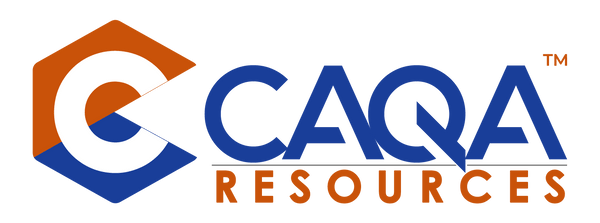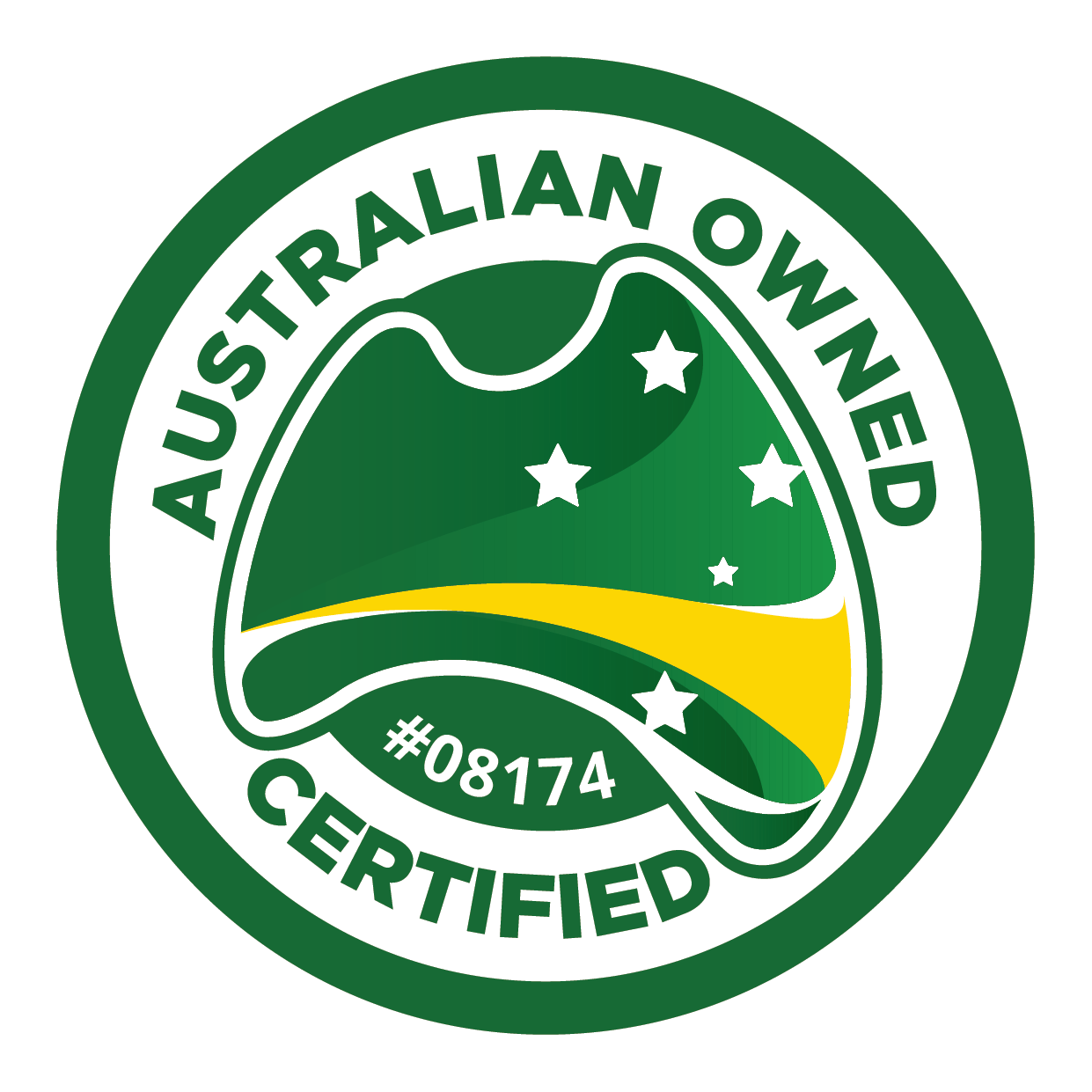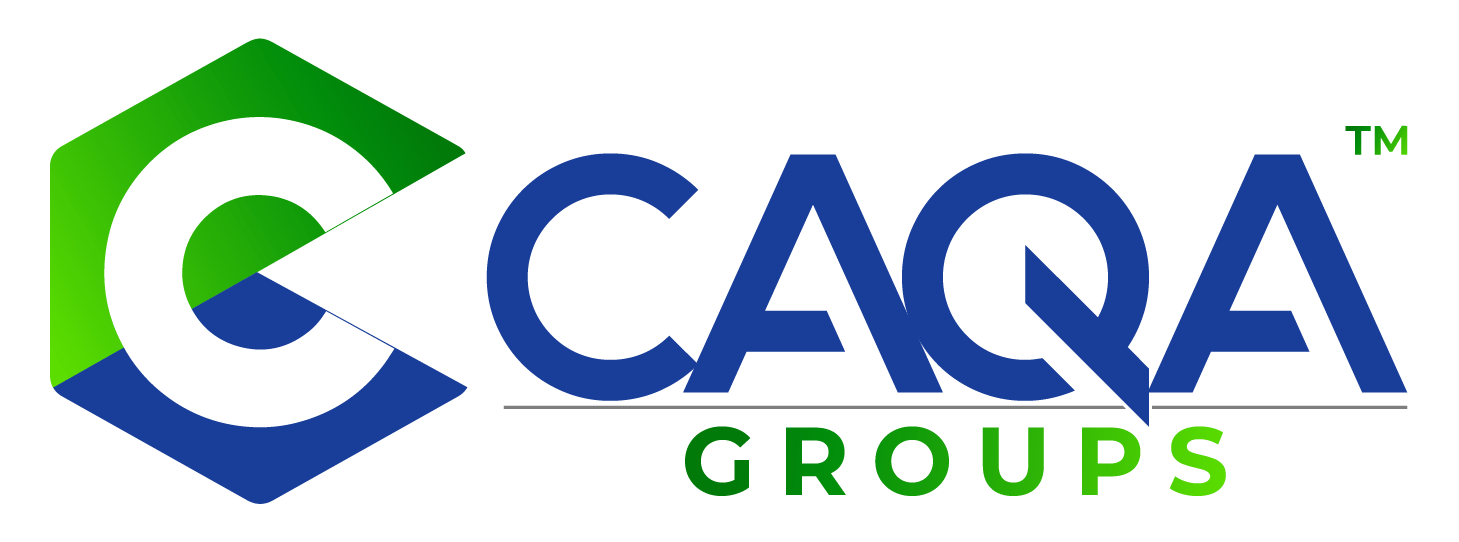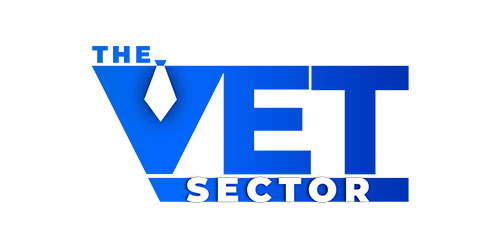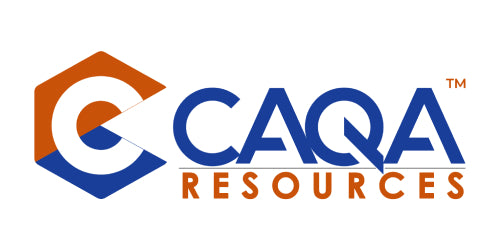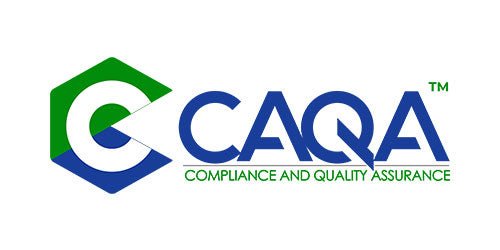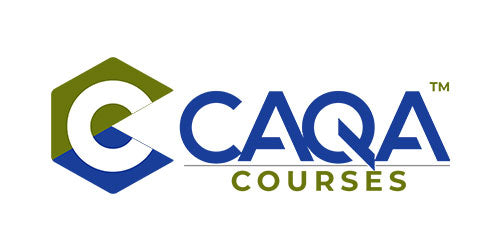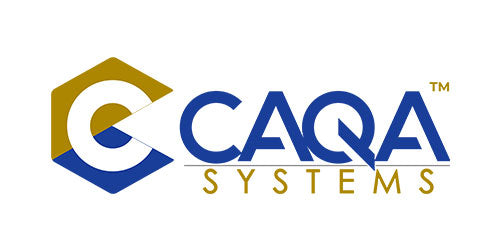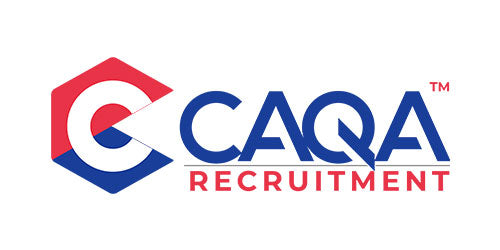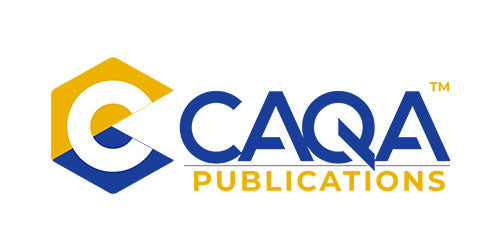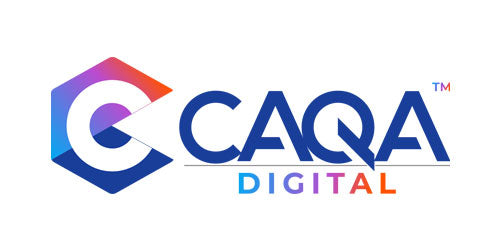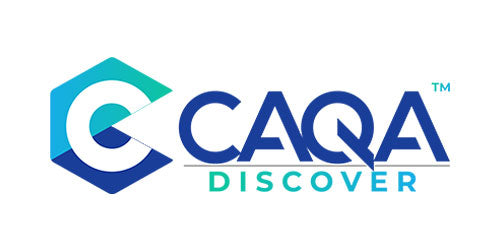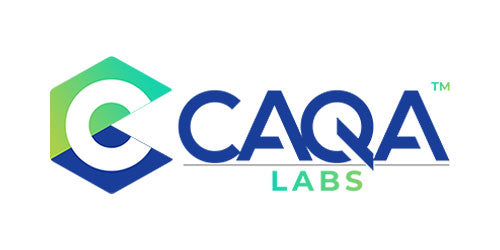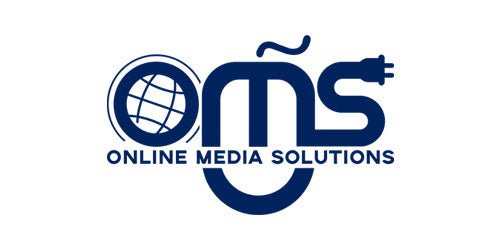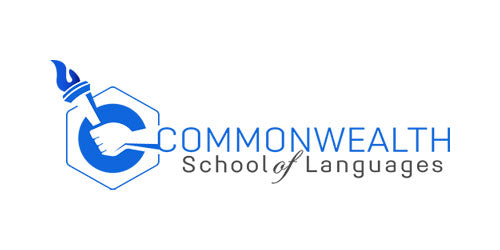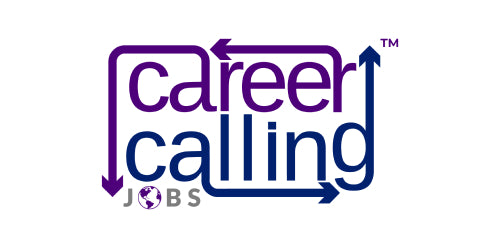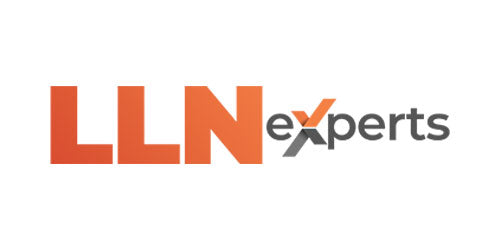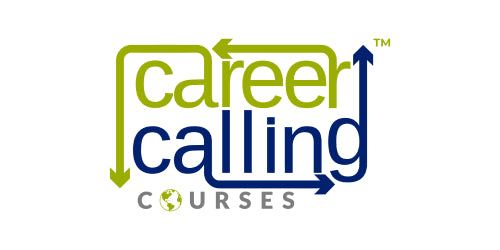Compliance is the essential element that holds together effective business communications.
The act of compliance refers to the process of conforming to set rules, regulations or standards. Rules and regulations are the formal requirements that must be met in order to operate legally. Standards are the accepted ways of doing things that have been agreed upon by those in the know. In a business context, compliance ensures that communication within the organisation meets legal requirements and best practice standards. Compliance is therefore essential to ensure effective business communications.
In a training organisation, compliance is the essential element that holds together effective business communications. By ensuring that all employees comply with the company's communication policies and procedures, trainers can be confident that messages are being communicated effectively and accurately. So, compliance really boils down to making sure that you are doing things the right way and meeting all of the necessary requirements. That sounds simple enough, but it can be quite complicated in practice.
There are a few key things to keep in mind when trying to ensure compliance in your organisation. First, you need to make sure that everyone is on the same page. That means having clear and concise policies and procedures in place and making sure that everyone understands them.
Second, you need to be proactive about monitoring compliance. You can't just sit back and hope that everything is being done the right way; you need to put systems in place to check up on things regularly. And finally, you need to take action if there are any problems. If someone isn't following the rules or standards, they need to be dealt with swiftly and appropriately.
Compliance may not be the most exciting topic, but it is essential for any training organisation.
There are a number of elements that must be considered when planning compliant business communications. These include:
The audience: Who will receive the communication? What are their needs and expectations?
The message: What needs to be communicated? How can this be done in a way that meets legal requirements and best practice standards?
The medium: What is the most appropriate way to deliver the message? This will vary depending on the audience, the message and the desired outcome.
The timing: When is the best time to communicate? This will again vary depending on the audience, the message and the desired outcome.
The documentation: What is the evidence of communication taking place? How this documentation should be maintained effectively?
Effective compliance starts with effective planning. By taking the time to consider all of the elements listed above, you can ensure that your business communications are compliant with relevant regulations and standards. This will help to protect your organisation from potential risks and liabilities and ensure that your messages are delivered effectively to your target audience.









